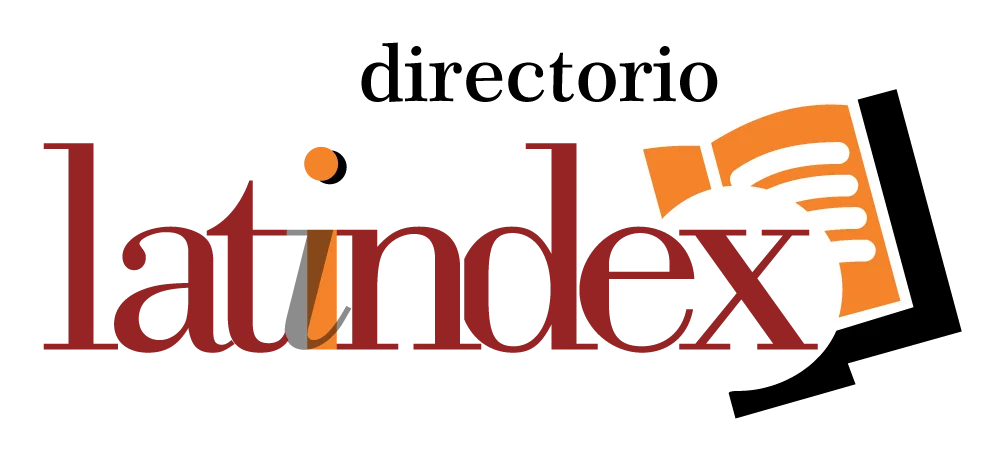Effects of testosterone and physical exercise on muscle mass increase and fat tissue reduction: systematic review
DOI:
https://doi.org/10.56294/ri202491Keywords:
Testosterone, Lean Mass, Steroid, Adverse Events, TreatmentAbstract
Introduction: in this systematic review, the authors have examined the effects of physical exercise on serum testosterone levels. Due to the differing ages and physical conditions of the individuals studied and the various protocols used, the results obtained are highly controversial. Nevertheless, it is noteworthy that there is a significant increase in plasma testosterone levels when exercises of submaximal and maximal intensity are performed. Conversely, a significant decrease in this hormone occurs when exercise is prolonged to exhaustion, both in young and adult individuals, being more pronounced in those better conditioned.
Objectives: to investigate the potential effects of testosterone treatment in combination with physical exercise in achieving an increase in muscle mass volume and tissue loss.
Methods: s systematic review of the literature was conducted using PubMed/Medline, SciELO, SCALE, and Google Scholar databases from inception to October 2023. Clinical trials were sought using keywords related to testosterone, BMI, and steroids. This review included clinical studies whose primary objective is to investigate the potential effects of testosterone treatment in combination with physical exercise for gaining muscle mass volume and tissue loss.
Results: exercise of submaximal and maximal intensity consistently increased plasma testosterone levels, while prolonged exercise leading to exhaustion showed a significant decrease, especially in wellconditioned individuals. However, the overall impact of testosterone treatment combined with exercise on muscle mass gain and tissue loss remains inconclusive and necessitates further rigorous investigation through controlled clinical trials.
Conclusion: the literature review suggests a need for further rigorous clinical trials to ascertain the efficacy and safety of such combined interventions, considering potential adverse events associated with testosterone treatment.
References
1. Barbonetti A, D'Andrea S, Francavilla S. Testosterone replacement therapy. Andrology. 2020 Nov;8(6):1551-1566. doi: 10.1111/andr.12774. Epub 2020 Mar 9. PMID: 32068334.
2. Barone, B.; Napolitano, L Abate, M; Cirillo, L; Reccia, P Passaro, F.; Turco, C.; Moma, S.; Mastrangelo, F: Scarpato, A.; et al. El papel de la testosterona en el Ancianos: ¿Qué sabemos? En LJ. Mol. Ciencia, 2022, 23, 3535. hitps:// doi.org/10.3390/jms23073535.
3. Bhasin, Shalender, Linda Woodhouse, Richard Casaburi, Atam B. 2. BSingh, Dimple Bhasin, Nancy Berman, Xianghong Chen, Kevin E. Yarasheski, Lynne Magliano, Connie Dzekov, Jeanne Dzekov, RachelleBross, Jeffrey Phillips, Indrani Sinha-Hikim, Ruoqu-ing Shen y Thomas W. Storer. Relaciones dosis-respuesta de testosterona en hombres jóvenes sanos. Am J Physiol (2021) Endocrinol Metab 281: E1172–E1181, 2001
4. Green DJ, Chasland LC, Naylor LH, Yeap BB. New Horizons: Testosterone or Exercise for Cardiometabolic Health in Older Men. J Clin Endocrinol Metab. 2023 Aug 18;108(9):21412153. doi: 10.1210/clinem/dgad175. PMID: 36964918; PMCID: PMC10438896.
5. Lizardo María G, Gutiérrez José A, Cabello Román, Borges Betsi, Camacho Marqjuly, Navarro María del P et al. Niveles de testosterona total y libre en individuos con síndrome metabólico. Comunidad y Salud [Internet]. 2015 jun [citado 2023 Oct 30]; 13 (1): 46-55. Disponible en: http://ve.scielo.org/scielo.php?script=s ci_arttext&pid=S169032932015000100007&lng=es
6. Martínez Jabaloyas, J.M., Queipo Zaragoza, A., Ferrandis Cortes, C., Queipo Zaragoza, J.A., Gil Salom, M., & Chuan Nuez, P (2008). Cambios en las hormonas sexuales en varones mayores de 50 años: Prevalencia de niveles bajos de testosterona y factores de riesgo. Actas Urológicas Españolas, 32(6), 603-610.
7. Moher D, Tetzlaff J, Tricco AC, Sampson M, Altman DG. Epidemiology and reporting characteristicsof systematic reviews. PLoS Med. 2007;4: e78,
8. Storer TW, Basaria S, Traustadottir T, Harman SM, Pencina K, Li Z, Travison TG, Miciek R, Tsitouras P, Hally K, Huang G, Bhasin S. Effects of Testosterone Supplementation for 3 Years on Muscle Performance and Physical Function in Older Men. J Clin Endocrinol Metab. 2017 Feb 1;102(2):583-593. doi: 10.1210/jc.2016-2771.
9. Traustadóttir T, Harman SM, Tsitouras P, Pencina KM, Li Z, Travison TG, Eder R, Miciek R, McKinnon J, Woodbury E, Basaria S, Bhasin S, Storer TW. Long-Term Testosterone Supplementation in Older Men Attenuates AgeRelated Decline in Aerobic Capacity. J Clin Endocrinol Metab. 2018 Aug 1;103(8):28612869.citado octubre 30 2023 doi: 10.1210/jc.2017-01902. PMID: 29846604; PMCID: PMC6669813.
Downloads
Published
Issue
Section
License
Copyright (c) 2024 Ruan Franck Henriques Duque, José Vicente Postorivo Nauman (Author)

This work is licensed under a Creative Commons Attribution 4.0 International License.
The article is distributed under the Creative Commons Attribution 4.0 License. Unless otherwise stated, associated published material is distributed under the same licence.





